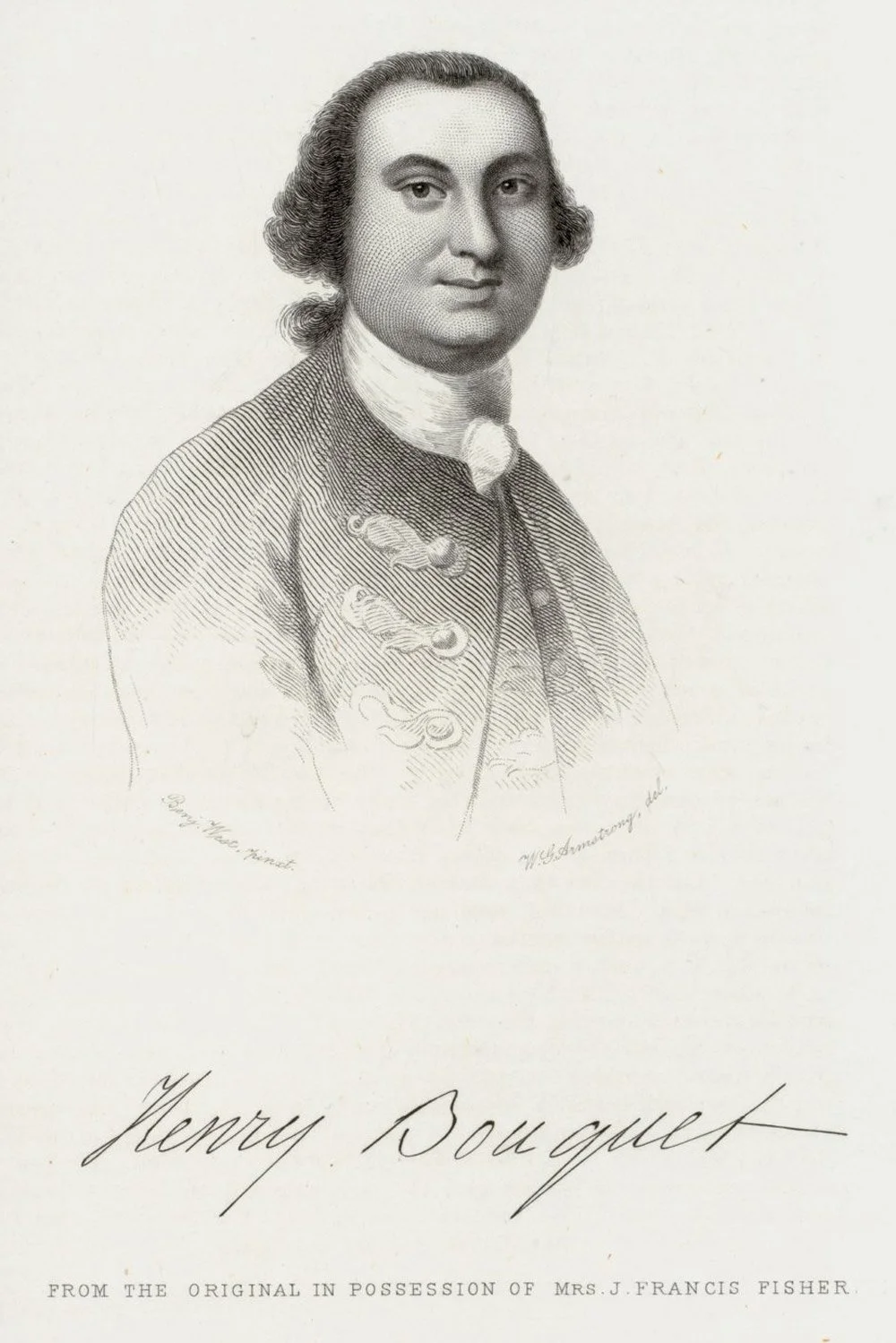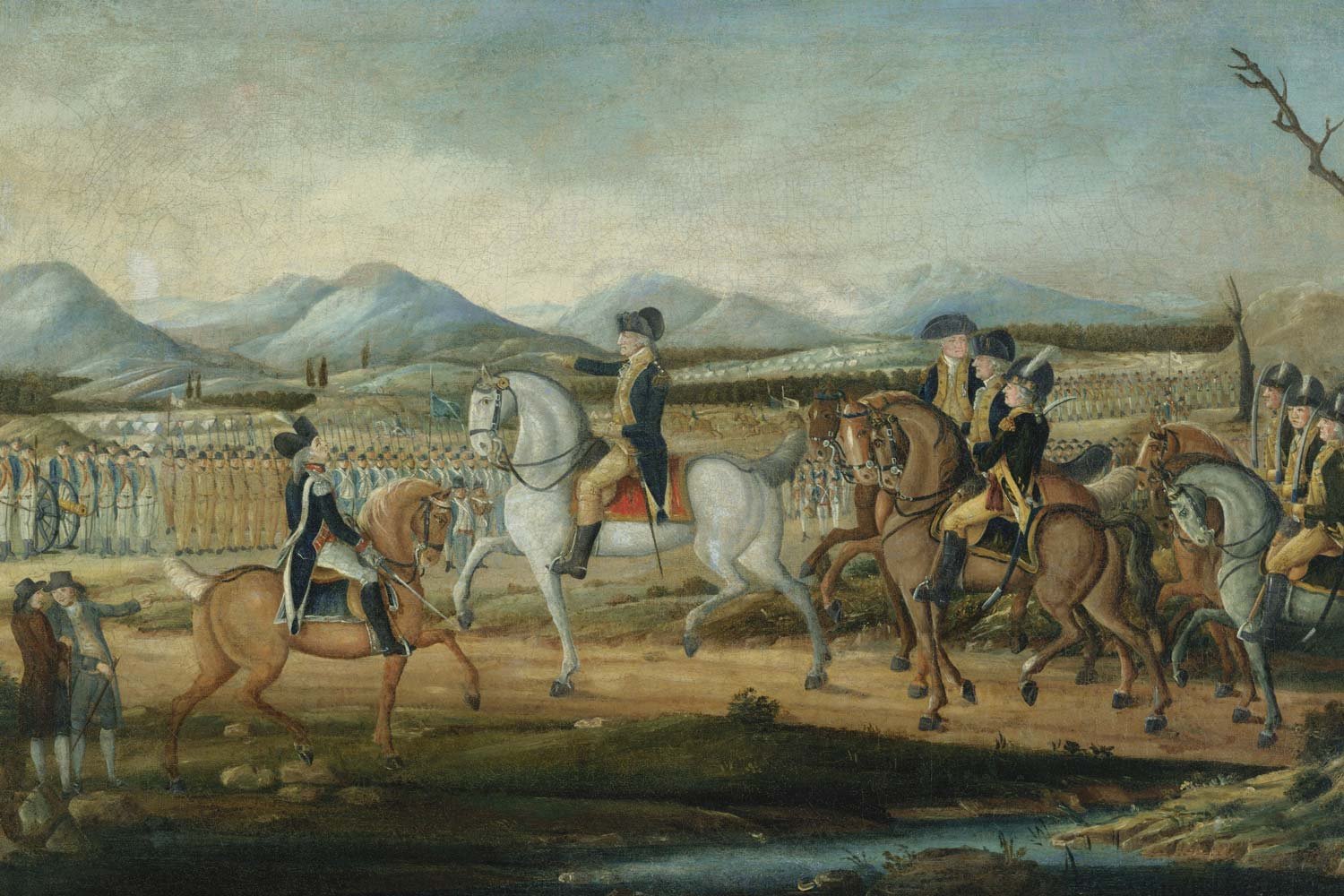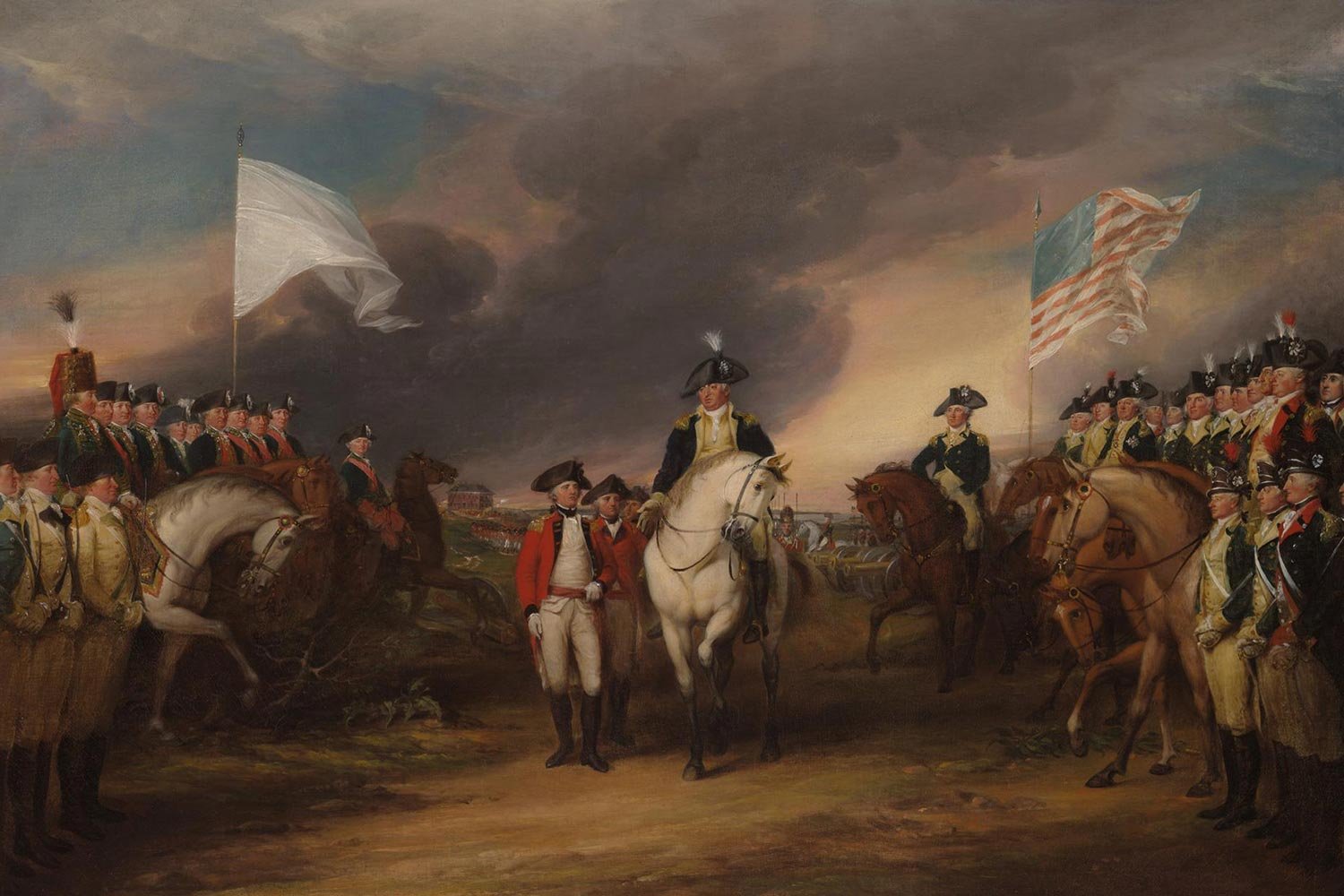Pontiac’s Rebellion Comes to an End
While Colonel John Bradstreet was relieving Fort Detroit, the southern expedition under Colonel Henry Bouquet was assembling at Carlisle before moving to Fort Pitt, the jumping off point for the campaign. Bouquet’s contingent arguably had the tougher assignment, that of penetrating deep into the heartland of the Delaware and Shawnee nations where every step through the trackless forest would be observed.
Colonel Bouquet, a talented Swiss mercenary serving in the British army, had commanded the previous summer’s relief force to Fort Pitt and had defeated the Delaware and Shawnee warriors at the Battle of Bushy Run. Bouquet led roughly 500 regulars and another 1,000 Pennsylvania volunteers, as well as a small but valuable group of Virginia riflemen. He had hoped to get his expedition started earlier in the season, but the inevitable supply issues caused delays.
In early October 1764, the southern army finally moved west from Fort Pitt into a wilderness through which no European army had ever marched. Much of their food they “carried on the hoof” in the form of a herd of cattle and sheep, along with a train of pack horses loaded with provisions. Hardy pioneers hewed out a crude path as best they could, with only axes and saws to lay aside the old growth forest. Given these hindrances, progress went at a snail’s pace and the snake-like line of man and beast averaged only seven or eight miles each day.
Bouquet’s men roughly followed the course of the Ohio River until they reached the Muskingum River ten days into their journey. This impressive army was now within a few days march of the largest Shawnee villages in the region. Surprised at the size of Bouquet’s force and that it was able to pass through what they considered an impenetrable forest, the native leaders hastily pleaded for a conference. Hoping to halt the army’s progress at least temporarily, a deputation of Indian chiefs asked for a council with Colonel Bouquet.
Benjamin West. “Henry Bouquet.” New York Public Library.
Following the usual false professions of remorse for their actions and stating that they had been forced by Pontiac to commit the atrocities they had committed, the chiefs expected to be forgiven, given presents, and sent on their way. But Bouquet was a tough man and told the chiefs they had ten days to deliver up their prisoners, estimated at 200-300, or he would destroy every village in the Ohio Valley. Shocked and enraged by Bouquet’s blunt talk, but cowed by Bouquet’s threat, the prisoners were delivered, and peace concluded. His mission accomplished, Colonel Bouquet led his force back to Fort Pitt where they arrived on November 28.
Although the tribes around the Great Lakes had been subdued, the Illinois Country had not yet been conquered by the British. Like in Canada, Jesuits were the first Frenchmen to explore this remote region, and the traders soon followed, establishing small outposts at Kaskaskia and Cahokia, near the Mississippi, and a larger fort at Vincennes along the Wabash in present-day Indiana.
In the summer of 1764, Pontiac, disgusted that his closest allies had abandoned his cause, led a band of 400 warriors to the Illinois Country to rouse those Indian nations to arms. Pontiac even sent envoys as far south as New Orleans, but the tribes had no appetite for fighting the British and Pontiac met with little success. With the failure of his grand plan and the collapse of his confederacy, Pontiac had lost much of his influence with the other tribes.
Recognizing they did not have the manpower to conquer the vast Illinois Country, British officials wisely decided to negotiate an agreement with tribes in that area. Accordingly, in the spring of 1765, George Croghan, Sir William Johnson’s deputy, was dispatched to Vincennes, and there Croghan met and reconciled with chiefs, including Pontiac, of the Ottawa, Miami, and Kickapoo nations. That same year, the British began to reoccupy the forts they had lost two years before.
In July 1766, Sir William, the Superintendent of Indian Affairs for the Northern Department, met with Pontiac and other chiefs at Fort Niagara to set new boundaries for both sides and conclude the peace treaty. Although Pontiac continued to despise the British, he signed the accord but soon moved into the Illinois Country to put more distance between him and the British. Unfortunately for Pontiac, he was assassinated there by a Peoria brave in 1769.
In any event, these agreements, coupled with the Royal Proclamation of October 1763 which curtailed settlement west of the Appalachians and was hastily approved at the outset of Pontiac’s Rebellion, achieved a sort of peace, but it was a temporary fix at best.
The Indians still hated and resented the British for intruding on their ancestral lands, and the British still viewed the Indians with contempt. Perhaps most significantly, the British colonists continued their westward flow across the Appalachians and into the Ohio River Valley, and more trouble lay ahead.
So why should Pontiac’s Rebellion matter to us today? Pontiac’s war was the best organized, most widespread, and most devastating Indian uprising in the history of North America. Despite the extraordinary nature of the confederacy created, the results demonstrated the impossibility of stopping the westward flow of the American people or reconciling the two vastly different cultures.
Until next time, may your motto be “Ducit Amor Patriae,” love of country leads me.












The only fighting in the Quasi-War occurred at sea, and mostly in the Caribbean. But with war at a fever pitch and French interests so close by in Louisiana, there was a very real concern in Congress about a possible French invasion of the United States from the west.